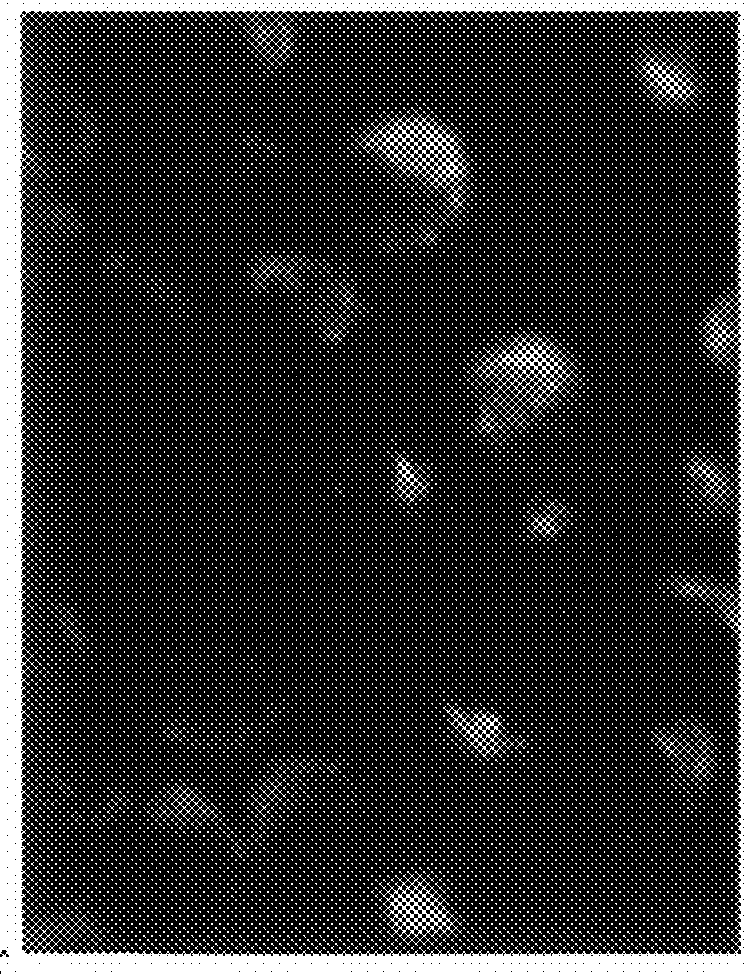Autophagy and phospholipidosis pathway assays
a phospholipidosis and autophagy technology, applied in the field of lysosomal storage diseases, can solve the problems of shortening the time to market for new drugs, fluorescently-labeled antibodies have few practical applications for intracellular imaging in living cells, and the required additional steps may be time-consuming and expensiv
- Summary
- Abstract
- Description
- Claims
- Application Information
AI Technical Summary
Benefits of technology
Problems solved by technology
Method used
Image
Examples
example 1
Synthesis of 1,4-bis(2-(dimethylamino)ethylamino)-2,3-difluoro-5,8-dihydroxyanthracene-9,10-dione (Dye 1)
[0193]A mixture of 1,2,3,4-tetrafluoro-5,8-dihydroxyanthraquinone (1.0 g, 3.2 mmol) and N,N-dimethylethylenediamine (3 mL) in CH2Cl2 (30 mL) was stirred at room temperature for 12 hours. After evaporation of the solvents, the residue was purified by silica gel chromatography using isocratic solvent system of EtOAc / MeOH / Et3N (10:10:1) yielding 830 mgs of Dye 1 as dark blue product. Abs (max, PBS pH 7.4)=568 nm; Em=675 nm. The structure of Dye 1 is given below:
[0194]
example 2
Synthesis of 1,4-bis(5-(diethylamino)pentan-2-ylamino)-2,3-difluoro-5,8-dihydroxyanthracene-9,10-dione (Dye 2)
[0195]A mixture of 1,2,3,4-tetrafluoro-5,8-dihydroxyanthraquinone (0.47 g, 1.5 mmol) and 2-Amino-5-diethylaminopentane (2.3 mL) in CH2Cl2 (20 mL) was stirred at room temperature for 12 hours. After evaporation of the solvents, the residue was purified by silica gel chromatography using isocratic solvent system of CH2Cl2 / MeOH / Et3N (100:10:1) yielding 364 mgs of Dye 2 as dark blue product. Abs (max, PBS pH 7.4)=667 nm; Em=700 nm. The structure of Dye 2 is given below:
[0196]
example 3
Synthesis of Dye 3
(a) Preparation of 2-((naphthalene-1-yloxy)methyl)oxirane (Compound 1)
[0197]To a solution of 1-naphthol (3.0 g, 0.02 mol) in DMSO (10 mL), potassium hydroxy (flakes, 2.0 g, 0.06 mol) was added. The combined mixture was stirred at room temperature for 30 min and then epichlorohydrin (5.6 g, 4.7 mL, 0.06 mol) was added slowly over a period of 45 min and stirring was continued for 16 hours. The reaction was quenched with water (30 mL) and extracted with chloroform (2×50 mL). The combined organic layers were washed with 1N aqueous NaOH (2×50 mL), water (2×100 mL) and brine (2×100 mL) and dried over MgSO4. The solvent was removed under reduced pressure to provide Compound 1 as a yellow liquid (3.26 g, 78%). This product was used without further purification. The structure of Compound 1 is given below:
[0198]
(b) Preparation of 1-(3-ammoniopropyl)-4-methylquinolinium bromide (Compound 2)
[0199]A mixture of lepidine (3.0 g, 21 mmol) and 3-bromopropylamine hydrobromide (4.6 g...
PUM
| Property | Measurement | Unit |
|---|---|---|
| emission wavelength | aaaaa | aaaaa |
| excitation wavelength | aaaaa | aaaaa |
| amphiphilic | aaaaa | aaaaa |
Abstract
Description
Claims
Application Information
 Login to View More
Login to View More - R&D
- Intellectual Property
- Life Sciences
- Materials
- Tech Scout
- Unparalleled Data Quality
- Higher Quality Content
- 60% Fewer Hallucinations
Browse by: Latest US Patents, China's latest patents, Technical Efficacy Thesaurus, Application Domain, Technology Topic, Popular Technical Reports.
© 2025 PatSnap. All rights reserved.Legal|Privacy policy|Modern Slavery Act Transparency Statement|Sitemap|About US| Contact US: help@patsnap.com



